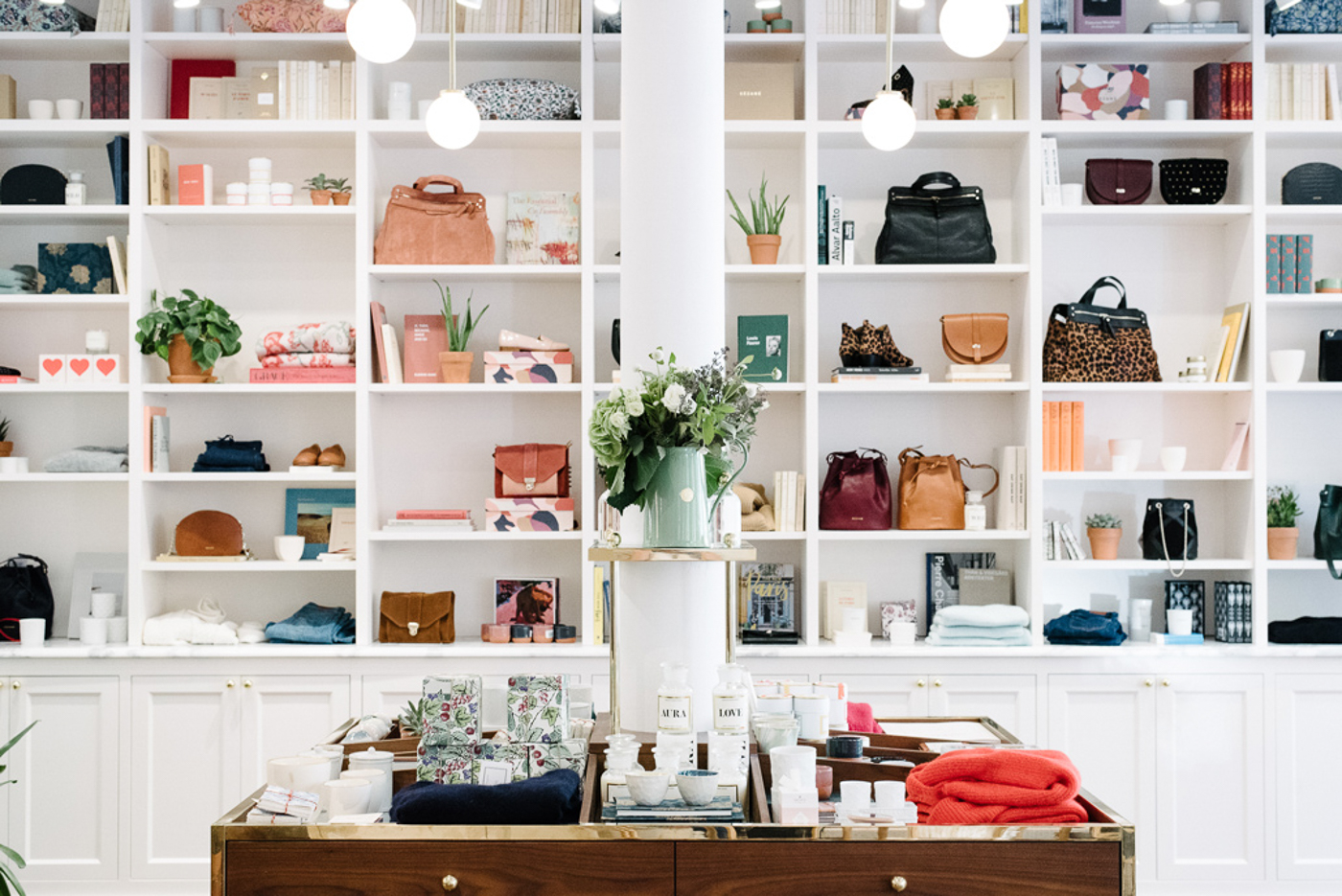Increasingly, we’re seeing brands turn to experiences that blend the public and private spheres. Airbnb made us sleep in people’s homes rather than hotels. Restaurants, like Le Derrière in Paris, Mr Fogg's Residence in London and The House in New York, have gained popularity through creating fictional homes.
Now luxury retailers have started transforming stores into apartment-style boutiques to create unique shopping environments. Among every fashionista’s favorite apartments is that of Parisian ready-to-wear label, Sézane, where long lines form in front of their Paris and New York stores. To find out why the apartment-style store has garnered so much popularity we spoke to Mark Talbot of Talbot & Yoon, the architects behind Sézane’s New York branch in Nolita.

Hi Mark. Can you tell us about the concept behind Sézane’s first New York apartment.
Sézane already had a proof of concept in place in Paris that they wanted to bring to the New York market. As an e-commerce company, they were looking to bring their unique brand to life and needed different locations to serve specific functions. They had already found the right locations in Paris: La Conciergerie, a pick-up and drop-off point for online orders; La Librairie, a coffee and books spot where you can also shop for bags; and L'Appartement, where you can shop the entire collection. Similarly, the concept behind the New York apartment was to be a living lookbook.

What were the challenges in reimaging their Parisian store in Nolita?
We were looking through the website and catalogs and wanted to create something as intimate as possible. There was an issue with the size of the space, however, which was rather big in comparison to the other shops in the area. So we chose to break the space up into different rooms in order to stage a more intimate setting.
Can you walk us through the space?
The apartment becomes more of a retail space as you walk through it. From the outside, it looks like someone’s home. The furnished entrance is designed to make you feel at home as soon you walk in. You’re then led to the waiting area which is staged as a library, so you can browse a selection of books whilst waiting to try on clothes. At the very front, there’s a banquette and a little café selling coffee and pastries. Then, there’s the jewelry, knitwear and checkout area, followed by shoes, jackets and the fitting rooms at the back.

How important is it for brands to create a shoppable lifestyle in their space?
It's important – and even more so for Sézane who sells online – to show people the context in which the collections were created. It helps them understand the style of the brand and where the designs have come from. By adding these lifestyle products, you’re making your customers feel like they are truly part of the brand’s universe. As soon as you are through the door of the Sézane apartment in New York, you are in Paris.

Are there any tensions between creating something that looks great and also performs well as a store?
I imagine you get a few people who only buy into the experience, not the products. But even when you enter through the coffee shop and grab your coffee from a shelf with our lifestyle products for sale, you’re not totally detached from the brand. All of these lifestyle elements help you buy into the whole experience, which enhances how the collection is perceived. The beauty of the store is that you’re able to try clothes on at the Apartment and then buy them online, which is where most of Sézane’s sales happen.

What other brands do you think have nailed creating a lifestyle around their store?
Shinola, a leather goods and watch brand from Detroit, incorporates a carefully curated selection of lifestyle products (record players, bicycles) into their offering. In store, the shelving and furnishings really highlight the merchandise.